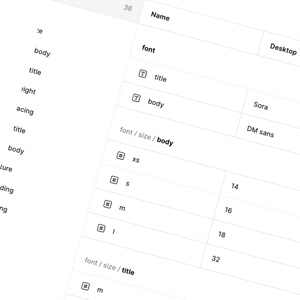The use of data to make informed decisions goes a long way in justifying that cost. After all, knowing how customers interact with your products or services on the web is fundamental to understanding where to invest next. It’s not just about vanity metrics like page views or bounce rates, it’s about uncovering meaningful insights that show what is working and what is not. Are your campaigns driving the right kind of traffic? Which touchpoints in the customer journey are creating friction? How do personalised experiences compare against generic ones?
Managing multiple data platforms and the snippets of code they require is often time consuming, complex and harmful to performance. Over time, many businesses layer on analytics, advertising pixels, tag managers, chat widgets and A/B testing tools, each adding code and slowing sites down. Google Tag Manager helps by centralising deployment so teams are not hard-coding scripts everywhere, but it only solves the delivery problem. The data still flows into separate systems that need to be pieced together for reporting and personalisation.

Introducing Umbraco Engage
For organisations already running Umbraco as their CMS, Umbraco Engage offers a smarter way forward. It brings analytics and personalisation directly into the CMS, removing the need to juggle multiple platforms and giving teams a clear view of how their content is performing. By surfacing insights at the point of content creation, it can help you make decisions faster and with more confidence.
A different approach to analytics
Engage supports both client-side and server-side analytics, giving teams the flexibility to capture data in the way that suits them best. Client-side tracking uses scripts and pixels running in the browser. It is widely adopted but can be blocked and may slow performance. Server-side analytics processes data on the server before it reaches the browser, making it faster, more reliable and less affected by ad blockers.
The real strength comes when both approaches are used together. By combining client-side and server-side data, Engage provides a full 360 view of customer behaviour and interaction. That means organisations can understand not only what visitors are doing on their site but also gain richer insights into where campaigns are landing and how journeys are unfolding.
For those who invest in SEO and advertising and need to use additional tooling, Engage keeps the door open. A bridging script allows events to flow into Google Tag Manager, and UTM parameters remain supported for campaign tracking.
From insight to action
The strength of Engage is in how it puts insight where it matters most. Teams can see the metrics that count as they plan and publish content, without jumping between platforms or waiting for reports. They can test ideas, refine messaging and fix friction points inside the CMS. The result is decision-making that is faster, evidence based and closer to the people who know the audience best.
The bigger picture
We’ll dive into Umbraco Engage’s personalisation features in a future post, but its value for insight and efficiency is clear. One platform: 360-degree metrics, content editing and personalisation. Knowledge is power after all, and Engage puts it directly into your hands. It’s why we see Engage as more than an add-on. It is a way to make Umbraco estates work harder and deliver greater value. It reflects our belief that technology should enable, not overwhelm, and it gives our clients the clarity they need to create real impact for their audiences.























